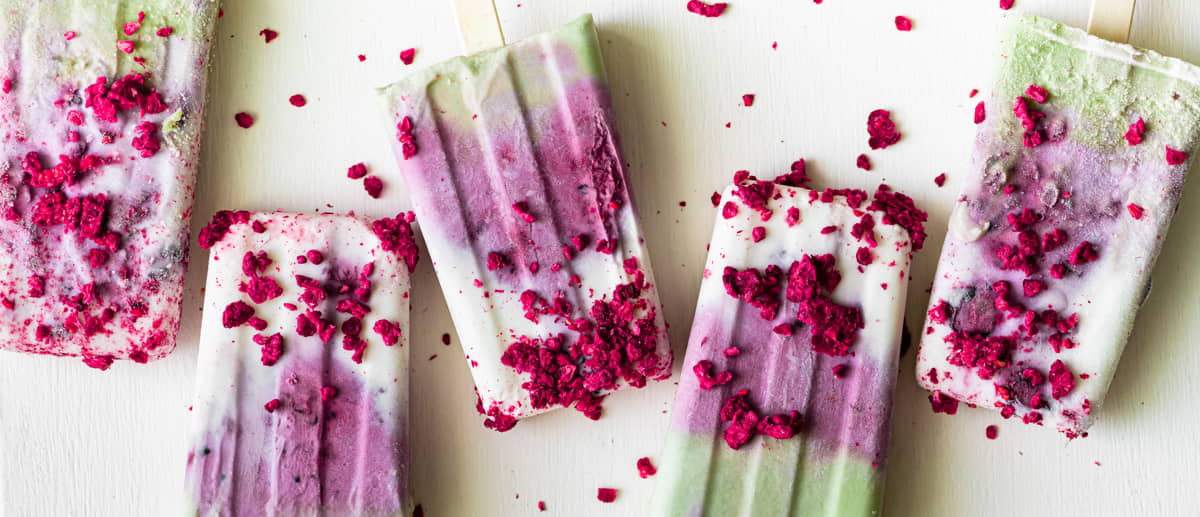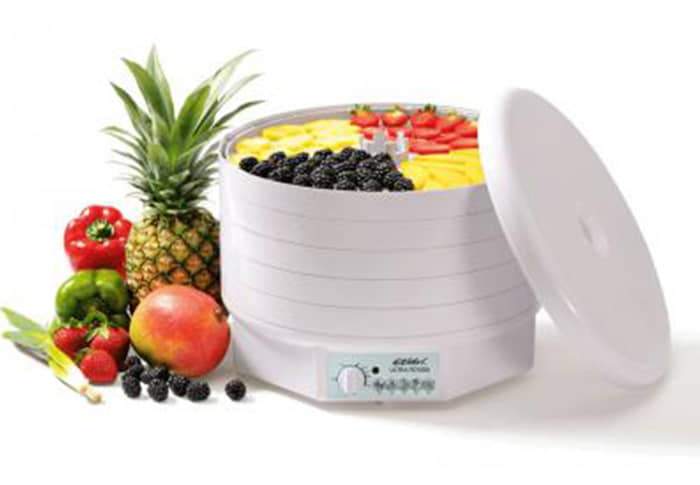
Freeze-drying is a type of food preservation technology based on drying certain materials by sublimating the moisture they contain.
It consists of freezing the product, then removing the ice by sublimation and heating it under vacuum conditions.
This prevents the water contained in the food from entering the liquid phase.
This method constitutes an effective preservation system for biological elements such as cells, enzymes, vaccines, viruses, yeasts, sera, algae and food.
All of these contain volatile or heat-sensitive substances that are not affected by this process because it operates at reduced temperature and pressure.
The most important point of this method is that it does not modify the physical and chemical structure of the product and can be stored without a cold chain, since its low percentage of humidity can achieve high microbial stability.
In addition, the fact that it does not require refrigeration facilitates its distribution and storage.
The freeze-drying process originated in the Inca Empire, located in the Andean highlands at an altitude of 4000 meters.
The settlers produced there a product called Chuño, and continued to do so as a result of the dehydration of potatoes.
The technique consists of leaving the harvested potatoes on the ground to freeze at night due to the very low temperatures, while during the day, sunlight and dry wind create the necessary conditions for the changes in state to occur.
Water changes from a solid state to a gaseous state without a liquid phase.
Over the years, the process has been developed in the industry, integrating two widely used preservation methods: freezing and dehydration.

En la industria alimentaria, se utilizó por primera vez en la producción de productos especiales para escaladores, astronautas, bases militares y otros fines similares.
However, for a long time, freeze-dried products have been used as industrial raw materials and sold as general consumers, thus expanding the market for these high value-added products.
Freeze-drying can extract more than 95% of the water from food, which translates into a huge benefit related to transportation costs, since it allows loading more goods without the need to help the cold chain (it is a microbiologically stable product).
At the end of the freeze-drying process, the food acquires a rigid structure, maintaining its shape and volume, but reducing its weight, preserving its nutritional and organoleptic properties. Rehydration will restore the original texture, aroma and flavor.
Freeze-drying involves four main stages:
Before starting the process, it is essential to condition the raw materials, since once the conversion process is finished, the freeze-dried product cannot be handled.
What is usually done with foods such as peas or blueberries is to pierce the skin to increase its permeability.
On the other hand, the liquid is pre-concentrated to reduce the water content, thus accelerating the freeze-drying process.
With Lyöfeeling we have created a line of freeze-dried foods (products and ready meals) with the hallmark of the haute cuisine chef, but with the needs of the general public in mind.

TÖUFOOD is a complete line of products of exceptional quality, developed by GASTROCULTURA MEDITERRÁNEA SL, which allows the most well-known techniques of modern cuisine to be put into practice. Innovative recipes can be easily realised, bringing excitement and surprise to dishes, offering a stimulating and memorable culinary experience.